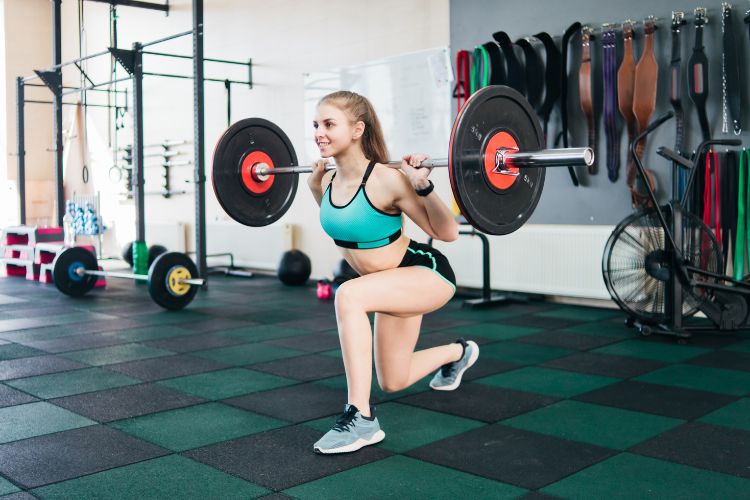Sign up for workout ideas, training advice, reviews of the latest gear and more.






When it comes to building strength, burning fat, and improving overall fitness, compound workouts are a game-changer. Unlike isolation exercises that target a single muscle group, compound exercise engage multiple muscle groups simultaneously, making them highly efficient and effective. For women, compound workouts are particularly beneficial as they help build lean muscle, boost metabolism, and enhance functional strength for everyday activities.
In this blog post, we’ll dive deep into the world of compound workouts for women. We’ll explore what compound exercises are, their benefits, and how to incorporate them into your fitness routine. Whether you’re a beginner or a seasoned gym-goer, this guide will help you maximize your results and achieve your fitness goals.
Compound exercises are multi-joint movements that work several muscle groups at once. These exercises mimic real-life movements, making them highly functional and practical. Examples of compound exercises include squats, deadlifts, bench presses, and pull-ups.
Unlike isolation exercises like bicep curls or leg extensions, compound exercises require more coordination, balance, and core engagement. This makes them not only great for building strength but also for improving overall athleticism.
For women juggling busy schedules, compound workouts are a time-saving solution. Since these exercises work multiple muscle groups at once, you can achieve a full-body workout in less time.
Compound exercises are excellent for building lean muscle mass. For women, this doesn’t mean bulking up but rather achieving a toned and sculpted physique.
By engaging large muscle groups, compound exercises increase your heart rate and calorie burn, both during and after your workout. This helps boost your metabolism and supports fat loss.
Compound movements mimic everyday activities like lifting, pushing, and pulling. This makes them ideal for improving functional strength, which is essential for daily life.
Weight-bearing compound exercises like squats and deadlifts are great for improving bone density, which is particularly important for women as they age.
Here are some of the best compound exercises that women can incorporate into their fitness routines. These exercises target major muscle groups and provide a balanced workout for the entire body.
Squats are the ultimate lower-body compound exercise. They target your quads, hamstrings, glutes, and core while also improving balance and mobility.
Deadlifts are a powerhouse exercise that works your entire posterior chain, including your glutes, hamstrings, lower back, and core.
The bench press is a classic upper-body compound exercise that targets your chest, shoulders, and triceps.
Pull-ups are a challenging but highly effective compound exercise for building upper-body strength. They target your back, shoulders, arms, and core.
Lunges are a fantastic lower-body compound exercise that targets your quads, hamstrings, glutes, and core.
The overhead press is a great compound exercise for building shoulder, tricep, and core strength.
Now that you know the best compound exercises, it’s time to put them together into a workout routine. Here’s how to create a balanced and effective plan:
Start with a 5-10 minute warm-up to prepare your body for the workout. This can include dynamic stretches, light cardio, or mobility exercises.
Select a mix of upper-body, lower-body, and full-body compound exercises. Aim for 3-4 sets of 8-12 reps for each exercise.
To continue making progress, gradually increase the weight, reps, or sets over time. This principle, known as progressive overload, is key to building strength and muscle.
If you have extra time, you can add a few isolation exercises to target specific muscle groups. For example, bicep curls or calf raises can complement your compound workout.
End your workout with a cool-down and stretching session to improve flexibility and reduce muscle soreness.
Here’s a sample workout plan that incorporates the compound exercises discussed above:
Compound workouts exercise are a powerful tool for women looking to build strength, burn fat, and improve overall fitness. By incorporating these multi-joint exercises into your routine, you can achieve a toned, strong, and functional physique.
Remember, fitness is a journey, and progress takes time. Stay patient, stay consistent, and most importantly, enjoy the process. Whether you’re lifting weights at the gym or working out at home, compound exercise can help you reach your goals and feel your best.
So, what are you waiting for? Grab those weights, hit the gym, and start reaping the benefits of compound workouts today!
Stay up to date on the latest women’s health, fitness and lifestyle trends and tips.